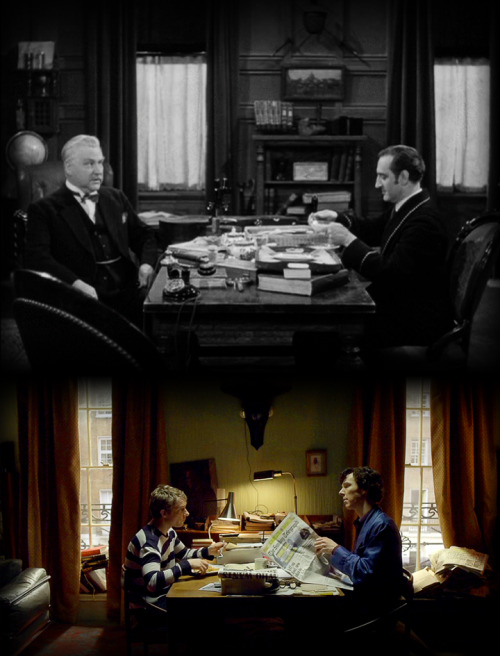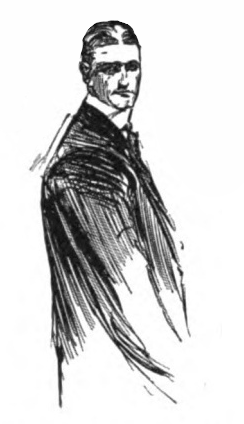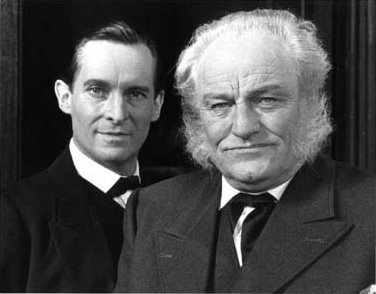I was asked a lot of questions when I started this blog. A lot. Many of them were well-meaning, from friends and family who had always known that this was an area of (intense) interest for me, and were mostly concerned about what a blog would mean in terms of demands on my time and resources.
But some of the questions were pointed, sharp questions with jagged edges that I could cut myself on, if I wasn’t careful about how I answered: Why? Why this character, this subject, this time period, this genre? Why now? Why you, when others have said so much (and much better)? And finally—my personal favorite—why would anyone care?
“Why” is one of my favorite questions, but it is also one of the most dangerous.
And to those asking why, I would say that the answer to that question is the point of my blog—the point of any blog really. And I think I’ve gone a little way towards answering that question. In short, I’ve found that I really enjoy the “why” questions—asking, answering, coming up with new ones—and I’ve learned that there are a lot of other people just like me. A “why” question is fun because there is usually more than one right answer…there can be endless right answers, in fact.
And so I’m holding a contest, and to win, all you have to do is provide me with one of your right answers to one of my “why” questions. Here are the details:
THE PRIZE PACKAGE:
· A new, hardcover edition of The Chronicles of Sherlock Holmes, by Paul D. Gilbert. Gilbert’s new book, Sherlock Holmes and the Giant Rat of Sumatra, will be available in the United States on April 1, 2011 (though it is currently available in the United Kingdom); he is also the author of an additional Sherlock Holmes pastiche, The Lost Files of Sherlock Holmes. Fans of Sherlock Holmes should easily recognize the face on all of Gilbert’s covers, and Gilbert himself has spoken at length about the debt he owes to Jeremy Brett and the actor’s influence on his writing. Therefore, I think it only appropriate that I also include:
· A new copy of the soundtrack to Granada Television’s Sherlock Holmes series, starring Jeremy Brett, David Burke, and Edward Hardwicke (with music by Patrick Gowers). If you haven’t heard any of Gowers’s compositions, they are a treat. Each piece is lovely, and the opening theme is iconic.
Sound good? Wondering how you win? Actually, it’s pretty easy, I think:
HOW TO WIN:
1. Leave a comment on this blog post, telling me in your own unique, substantive way, why you read Sherlock Holmes. That’s all. Couple words, couple sentences, couple paragraphs? Your call.
2. Tweet about the contest on your page (make sure you’re following me, while you’re at it). If you don’t have Twitter, post it on your Facebook instead. I’ve provided some language below, but feel free to use your own:
I’ve entered to win the “Better Holmes & Gardens Prize Package” at http://betterholmesandgardens.blogspot.com. Enter for your chance to win!
That’s it. Feel free to enter as many times as you wish, as long as each comment is unique and substantive, and you tweet and/or Facebook post each time you enter.
The contest is open from now until 11:59p.m. EST on Saturday, March 26, 2011. At that time, a random entry will be chosen using Random.org. The winner will be announced on Monday, March 28, 2011 via blog post, Twitter, and Facebook.
And while the winner will be chosen at random, I will use some of my favorite responses in future blog posts. Best of luck, and have fun!














